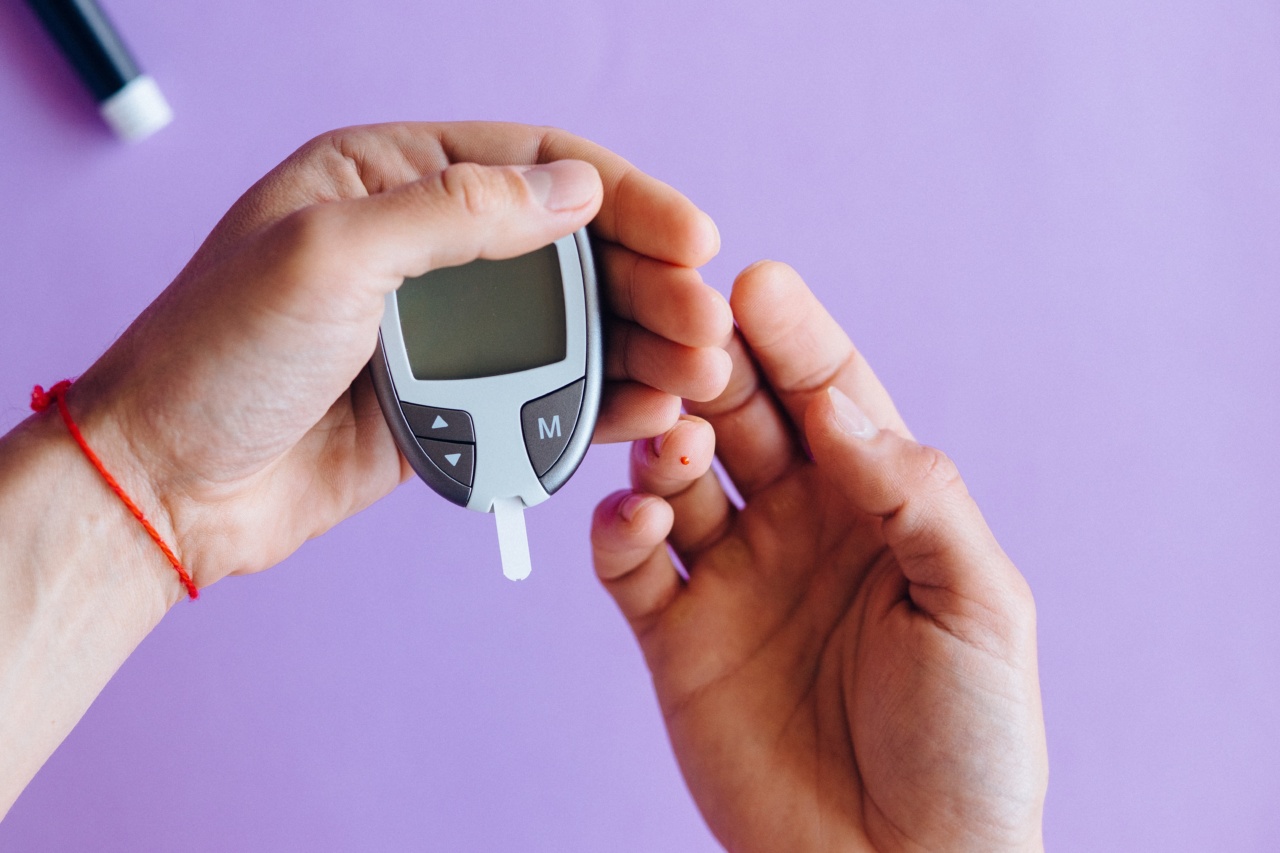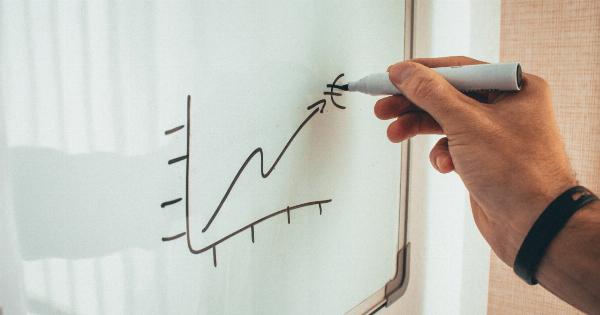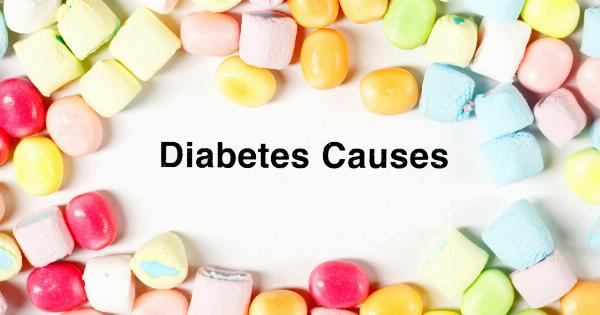For individuals who are highly concerned about their sugar intakes, there’s good news! Researchers have developed a revolutionary endoscopic technique that helps control sugar intake without actually consuming sugar.
This innovative technique is a breakthrough in modern patient care and it opens up a new horizon for everyone who suffers from diabetes, obesity, or other sugar-related conditions.
What is Sugar Intake?
Sugar intake refers to how much sugar you consume in food and drinks. Consuming large amounts of sugar can lead to a variety of health problems such as diabetes, obesity, and heart disease. Additionally, it can also cause tooth decay and gum disease.
Therefore, controlling sugar intake is crucial for long-term health benefits.
How Does the Endoscopic Technique Work?
The new endoscopic technique is a non-surgical procedure that works by manipulating the structure of the small intestine. It is conducted by placing a small device through the mouth and down into the small intestine.
The device is designed to bind with the sugar molecules found in food and drinks, thereby preventing their absorption in the bloodstream.
Typically, when food is consumed, it goes through the stomach and enters the small intestine where most of the nutrients are absorbed.
The new technique works by binding the sugar molecules in the small intestine before they get absorbed into the bloodstream. Thus, it helps control sugar intake without causing any harmful side effects to the body.
Benefits of the Endoscopic Technique
There are various benefits of the new endoscopic technique:.
- It’s minimally invasive, more precise and less risky compared to the surgical procedures.
- It is a faster treatment option, requiring less recovery time compared to other treatments.
- It can reduce the risk of developing serious complications associated with high sugar intake such as obesity, diabetes, and heart disease.
- It’s easy to obtain and less expensive than traditional surgical procedures.
- It’s completely reversible and can be adjusted or removed depending on the patient’s needs and preferences.
Who is the Endoscopic Technique Suitable For?
The endoscopic technique for controlling sugar intake is suitable for individuals who:.
- Have high sugar intake.
- Are suffering from diabetes, heart disease, or obesity.
- Have undergone weight-loss or bariatric surgery.
- Wish to reduce sugar intake without using artificial sweeteners or pills.
What Are the Risks Associated with the Endoscopic Technique?
The endoscopic technique is a safe and effective treatment for controlling sugar intake. However, as with any medical procedure, there are some risks associated with it. These risks include:.
- Minor bleeding at the site where the device is inserted.
- Infection or inflammation of the digestive tract.
- Discomfort or pain after the procedure.
- Allergic reaction to the device.
- Device malfunction.
If you experience any of these symptoms or complications after the procedure, it’s important to contact your doctor immediately.
Conclusion
The new endoscopic technique for controlling sugar intake is a remarkable advancement in the field of modern medicine. It’s a non-surgical procedure that’s safe, effective, and minimally invasive.
With this new technology, you can control your sugar intake without the need for pills or artificial sweeteners. Additionally, it can reduce the risk of developing serious health conditions like diabetes, heart disease, and obesity. It’s a faster, less expensive, and more convenient way to manage sugar intake.
Truly, the endoscopic technique is a game-changer that’s making a big difference in the lives of millions of people around the world.
























